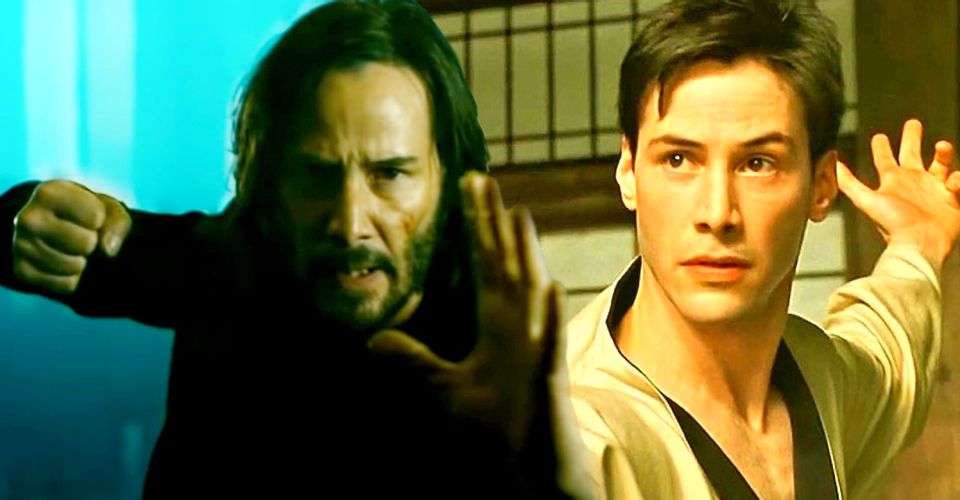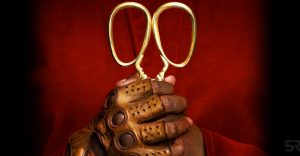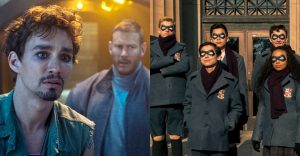Why Resurrections’ Action Scenes Are Worse Than The Original Matrix Trilogy

The Matrix Resurrections‘ action scenes don’t feel quite the same compared to the original trilogy’s – but why? Releasing almost 30 years since the world last entered the Matrix, Lana Wachowski’s The Matrix Resurrections is a meta nostalgia trip of the highest order and, predictably, is attracting the entire spectrum of reactions and responses. Critics have questioned whether The Matrix Resurrections does enough to justify making a modern sequel, and questioned whether the continuation clings a little too tightly to the past. Another common gripe concerns how The Matrix Resurrections‘ action sequences hold up – or, indeed, don’t hold up – against the franchise’s 1999 and 2003 efforts.
It’s no overstatement to claim The Matrix left an eternal fist-print upon action cinema. Rapid martial arts, gravity-defying acrobatics, and fantastical gunplay combined for an entirely fresh approach to Hollywood action, and with unique gimmicks such as “bullet time” sprinkled among the adrenaline, The Matrix‘s high-octane moments were second to none. And even though The Matrix Reloaded and The Matrix Revolutions aren’t anywhere near as beloved as their esteemed predecessor, the sequels’ action sequences still didn’t disappoint. It’s curious, then, that the only consistent bright spot of the original Matrix trilogy goes missing in 2021. What’s wrong with The Matrix Resurrections‘ action, and why did the franchise’s approach to violence change?
The Matrix‘s fight scenes took heavy influence from Asian cinema, in particular Japanese anime and Hong Kong martial arts movies. Compared to Hollywood fare of the day, The Matrix incorporated stylized choreography, wire work, and longer takes with cast members performing as many moves themselves as possible. The difference in Hong Kong’s philosophy to cinematic combat is neatly summarized by the University of California’s Cheng-Sim Lim (via BBC), who describes, “You don’t just move the camera in a blur to suggest action – you actually show the action.” The Wachowskis adopted this spirit for The Matrix, and the blend of cultures set Neo and his pals apart from their Hollywood actions contemporaries. While these influences linger on the palette in The Matrix Resurrections, it’s an aftertaste rather than a full-throttle marinade of Hong Kong inspiration.

The Matrix‘s action certainly isn’t dull or unexciting in 2021 – dodging falling bodies while riding a motorcycle and battling on a bullet train are equally innovative sequences, both well-executed. Compared to the original trilogy, however, The Matrix Resurrections‘ action style isn’t far from what you’d find in the MCU, or the latter Fast & Furious efforts (the ones that barely bother with cars). Fight sequences are filled with rapid quick-cuts that give an impression of combat, and those Hong Kong dance-like inspirations are mostly stripped out, even if the moves themselves remain rooted in traditional martial arts.
For the best comparison, measure Neo vs Morpheus in The Matrix to Neo vs Morpheus in The Matrix Resurrections. The latter is intended as a mirror to the first, but the battle between Keanu Reeves and Laurence Fishburne hits considerably harder. The camera lingers, showing the combat with clarity. The choreography is more varied and dynamic, packing a heaviness The Matrix Resurrections lacks. And whereas Keanu Reeves’ fight with Yahya Abdul-Mateen II feels like a scrap, Neo’s original sparring session was more a lethal ballroom dance. Most importantly, that distinct, unmistakable Matrix East-meets-West flavor isn’t there. As a more introspective and personal story, perhaps losing emphasis on the martial arts was a conscious decision but, whatever the reason, The Matrix Resurrections doesn’t meet the franchise’s (admittedly very high) standard.
Modern trends are partially to blame for The Matrix Resurrections featuring more generic action sequences. Increased reliance on digital effects and stuntwork has created a distinctly different Hollywood action style compared to the late 1990s, and most movies (aside from a notable few led by Keanu Reeves’ own John Wick series) subscribe to this familiar framework. Inferior combat in The Matrix Resurrections perhaps also highlights the importance of Yuen Woo-Ping. A legend of Hong Kong cinema as a director and fight coordinator, Yuen Woo-Ping advised and choreographed fist fights for all three original Matrix movies (as well as lending his talents to Quentin Tarantino’s Kill Bill). Unfortunately, he’s absent for The Matrix Resurrections, and that missing ingredient is keenly felt. Neo may “still know kung fu” – but it ain’t the kung fu we remember him doing.
About The Author


















